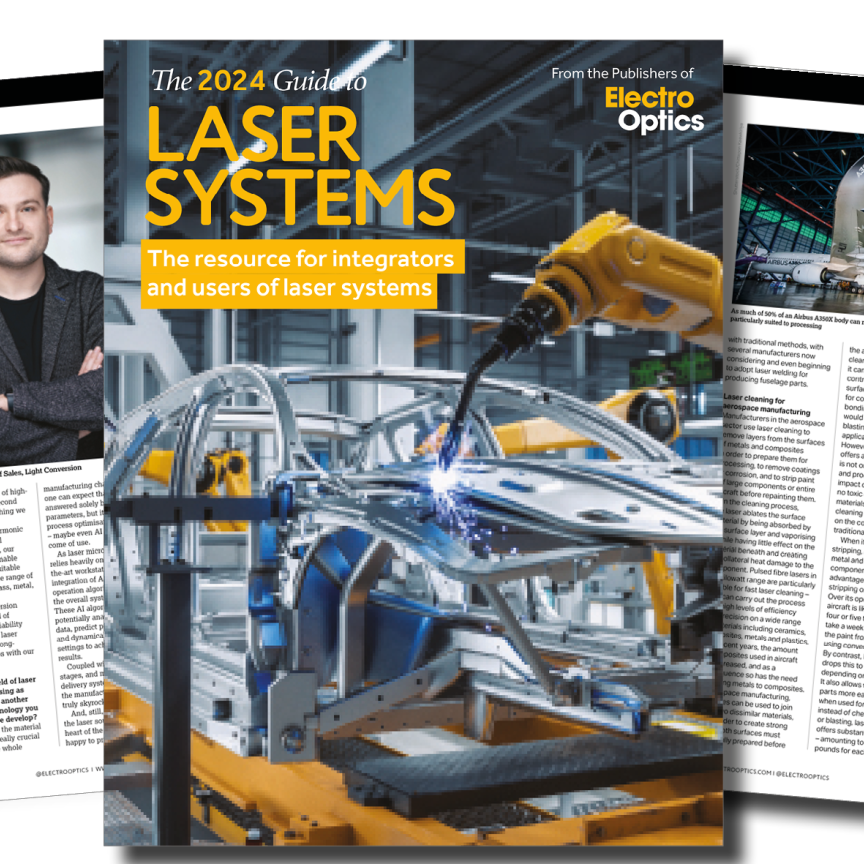PicoQuant has successfully combined its MicroTime 200 time-resolved confocal fluorescence microscope with Bruker's BioScope Catalyst atomic force microscope (ATM). The combination of these two systems enables simultaneous recordings of AFM and optical images of the same sample region and makes new investigation schemes in the field of live cell imaging feasible.
The combined setup of the MicroTime 200 and the Bioscope Catalyst is straightforward without the need of larger modifications of the two systems. The synchronised data acquisition enables scientists to analyse, for example, the impact of protein changes on cell shape and structure. It also allows high-resolution imaging by merging of sub nanometer topography with optically encoded functionality as well as investigations of inter- and intramolecular distances using force spectroscopy.
The combination and synchronisation of the two instruments was realised in close collaboration between PicoQuant and Bruker. The Bioscope Catalyst AFM including its sample stage is mounted onto the inverse microscope body of the MicroTime 200, which is configured for objective scanning. In this way, precise overlay of the confocal volume and the AFM tip can be realised. Electronic communication between the sample-scanner of the AFM and the data acquisition electronics of the MicroTime 200 enables simultaneous recordings with the two instruments. An optical alignment protocol has been developed and demonstrated by the synchronised acquisition of AFM and FLIM images of fluorescence TetraSpeck beads (dry surface), fixed glioblastoma cells (in liquids) as well as living HaCaT-cells (in liquids).

